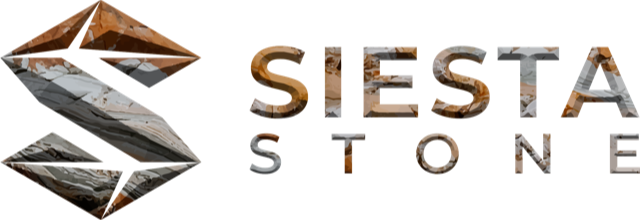Get a Free Quote
Design Your Space
Quartzite
A metamorphic rock formed by the alteration of sandstone due to heat, pressure and chemical activity. The layers found within quartzite materials are very hard. Due to the incredibly high abrasion resistance of quartzite it can be difficult to quarry and fabricate. This affects availability, fabrication lead times and cost. Some quartzites have high absorption ratings and will stain when exposed to oil and highly-pigmented liquids. Most quartzite has naturally occurring cracks and fissures.
Quartz
QUARTZ IS AN ALTERNATIVE TO GRANITE AND MARBLE
Quartz is the second most abundant mineral in the Earth‘s continental crust, after feldspar. It is made up of a continuous framework of SiO silicon–oxygen tetrahedra, with each oxygen being shared between two tetrahedra, giving an overall formula SiO2. There are many different varieties of quartz, several of which are semi-precious gemstones. Especially in Europe and the Middle East, varieties of quartz have been since antiquity the most commonly used minerals in the making of jewelry and hardstone carvings.
Marble
WHAT IS MARBLE – THE CLASSIC AND ELEGANT NATURAL STONE
Geology.com defines marble as a metamorphic stone.
Marble is significantly softer than granite, making carving and etching much easier. For this reason, marble is often used as a decorative element or to create pillars, fountains or sculptures. Sometimes patterns are cut into the stone. Due to its softness and its highly reactive nature to acids, marble is not recommended for kitchen countertops. Marble can be used for flooring, vanities, sinks and fireplace surrounds.
Granite
Granite is formed from liquid magma, molten rock which originates from the core of our planet. It is molten rock which has cooled down slowly to form a substance approaching the hardness and durability of a diamond. Granite is an igneous rock, the name reflecting its fiery beginnings. The chemical composition of granite is similar to that of lava. However, granite owes its hardness and density to the fact that it has been solidified deep within the earth, under extreme pressure. Over the eons, seismic activity has changed the crust of the planet, forcing veins of granite to the surface. Glaciers scrape off layers of dirt, sand and rock to expose granite formations. Typically revealed by outcrops, the deposits have been discovered on all the continents.
COMPOSITION
Many varieties of the stone exist. While they differ in color, texture and crystalline structure, the granites have three essential minerals in common: Feldspar (50% or greater) Quartz (25-40%) Mica (3-10%) These minerals occur in different proportions, giving each granite its own color, texture and structural characteristics. In addition, hornblende, magnetite, hematite, pyrite, zircon, garnet, corundum and other minerals may be present in smaller amounts, adding to the unique coloration and texture of each granite deposit. In supplying granite for a large building or a complex of buildings, it is essential that the stone be consistent in color and texture. To assure this, each granite color must be quarried from the same deposit. With natural material like granite, a certain amount of “movement” or grain in the stone must be expected. Many people find this flow and blending of colors to be the most compelling reason for using granite.












